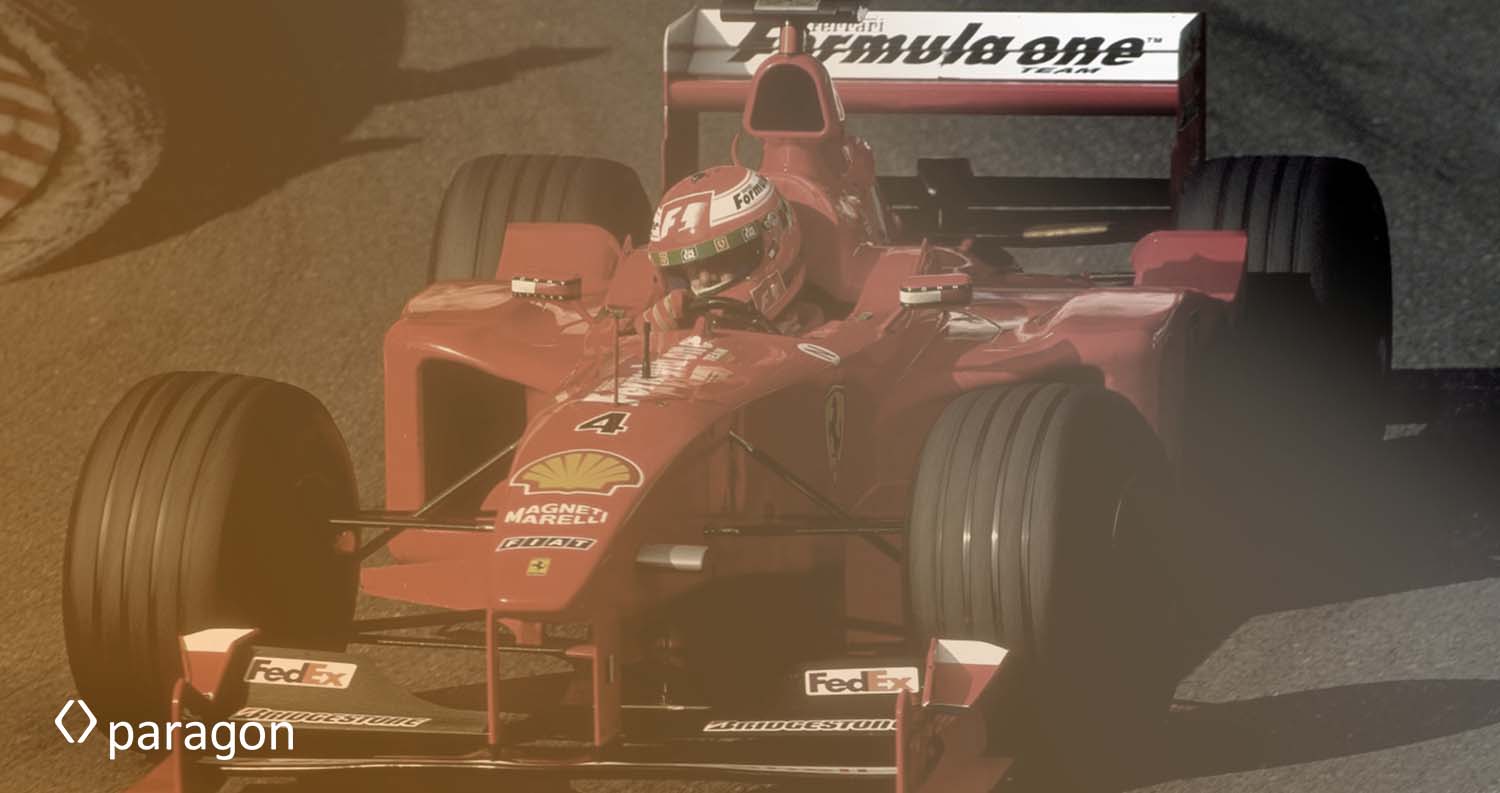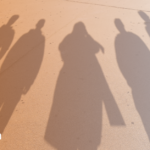Life in the sponsorship fast lane
Model Heidi Klum is strolling around but there’s leggy competition from Emily Ratajkowski. Over there is Joe Jonas, one of the singing brothers. Hollywood’s Furiosa herself, Anya Taylor Joy, is looking surprisingly cool, as is Jared Leto. And everywhere businessmen lean over seven-star hotel balconies and hobnob on gin palace yachts in the marina. The celebrity extravaganza known as the Monaco Grand Prix, which took place last Sunday, is the place to be seen.
And that goes, too, for the logos sprayed on all the Formula One cars – now you see them, now you don’t – that whizzed past in a blur of blue and red (Red Bull), scarlet (Ferrari), black and silver (Mercedes), papaya (what McLaren call orange) and green (Aston Martin). Formula One is an elite sport but it is also a very hard-nosed business. The cars are the fastest billboards in the world.
It’s no surprise brands are desperate to join the party and have their logos displayed on the gleaming cars. To buy their way into a unique show that sums up human brilliance, from the white-knuckle skills of the superstar drivers to the futuristic ability of the engineers to devise and exploit cutting-edge technology. And then there’s its popularity – in 2023 Formula One had a global audience of 1.5 billion and 70.5 million social media followers.
As a truly global sport, it presents a great opportunity to sponsors, but with more than 24 showpiece events dotted around the world, it also offers local opportunities for brands to reach a national and international audience. Even in the United States, the home of Nascar and Indycar, Formula One TV audiences have been rising in popularity. Since its return to ESPN in 2018 the average viewership per race doubled from 554,000 to 1.11 million (2023), according to si.com, the equivalent of 15 % a year.
Sponsorship – a serious commitment
If a brand is going to stump up a fortune in sponsorship – especially for a long-term contract – then it obviously has to be super-confident that there will be a serious ROI. It’s not a guessing game. No wonder, then, that the biggest spending brands desperate to add their logos to the 230mph cars are tech companies and, of course, petrochemicals giants.
The budgets are huge. According to racingnews365, the top five sponsors are Oracle/Racing Bull, £100m; HP/Ferrari, $100m; Aramco/Aston Martin, $75m; Petronas/Mercedes, $70m; and Stake/Sauber, $50m. At this level, sponsorship often runs deeper than the shiny coating of paint on a carbon fibre car.
Oracle’s sponsorship of Red Bull, for example, buys it a huge logo on the all-important side pod of the car, but the tie-up is not just for show. Formula One cars are now so sophisticated that, in many ways, they are software packages on wheels. So Oracle, apparently, is helping Red Bull maximize its pit strategy. It’s a symbiotic relationship.
“You wouldn’t be surprised to see Oracle working on the drinks side of the Red Bull business, in addition to what it does for the race team,” says Austin Schneider, director of business development at the consultants Sport Dimensions. “Title sponsorships are best suited as long term, three-to-five years minimum, in order for the parties to make the most out of it.”
Sponsorship – small is beautiful too
Every part of the real estate of a Formula One car chassis is valuable – however small and apparently unimportant – including the rear wing, side pod, wing mirrors, nose cone, and front wing end plates. So sponsors have a wide variety of price points to choose from.
Take the McLaren, with its papaya and black livery, the colours of the tobacco-to-vape brand BAT. If you watched the recent Miami Grand Prix – 3.1 million of you followed it on ABC – you will have seen the car win and take the chequered flag. But which logos did you catch? In addition to the obvious ones Velo, BAT’s nicotine-free pouches, and OXK, the cryptocurrency exchange, there were plenty on show. Did you notice Google’s Android? How about Hilton, the hotel group, or the logistics firm DP World, which appeared on the rear wing? Or DeWalt, Vuse, Richard Mille, Pirelli, Cisco, Cadence, Dropbox, Workday, Dell, Webex, CNBC, Alteryx…
The spraying department is busy. The action never stops. The logos may move. Not all the designated logo areas are signed up at the beginning of the year so some brands may be offered temporary deals to move to a more visible place up the pecking order – empty spaces do not reflect well on the McLaren – until they are flogged off to higher bidders.
It’s a hard-bitten commercial race with no room for sentiment. Or is it? As the cars sped along the twists and turns of Monaco this Sunday the papaya and black of the McLaren was not on display at all. The car had been resprayed green and yellow, a heartfelt celebration of Ayrton Senna, the Brazilian hero – and McLaren’s most successful ever – driver, who died in a racing accident 30 years ago.
Or, of course, was it just a case of McLaren and sponsors like OXK trying to sprinkle even more stardust over their brands? If you would like to talk to us about updating your marketing or sponsorship strategy then we would love to hear from you!



